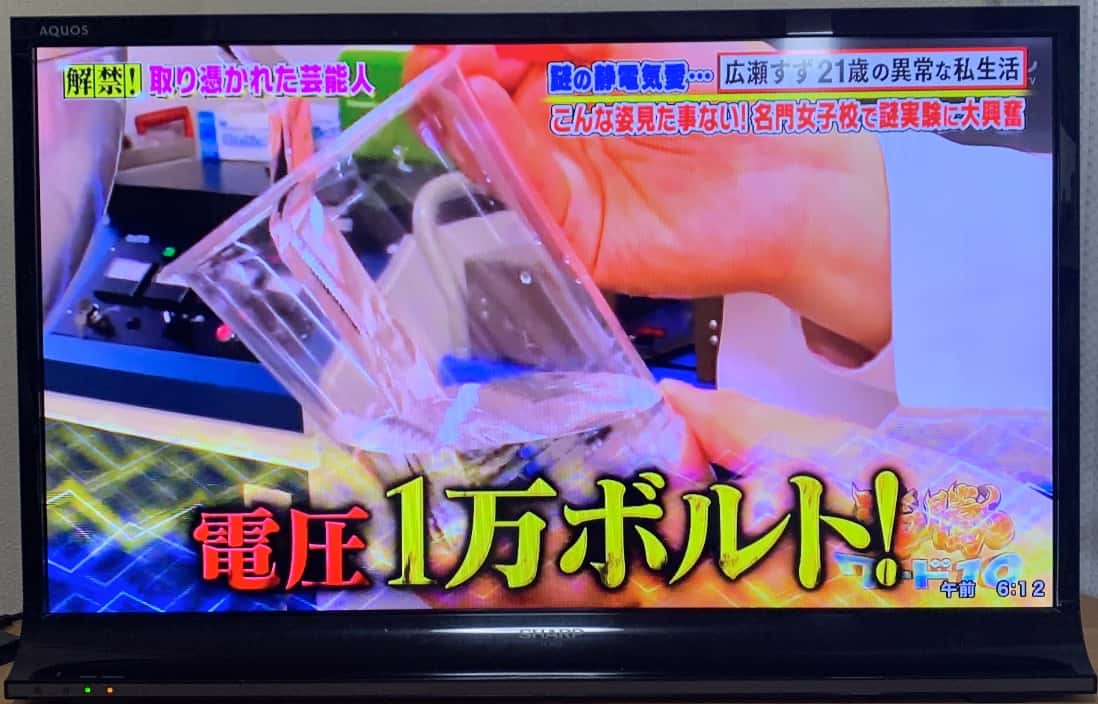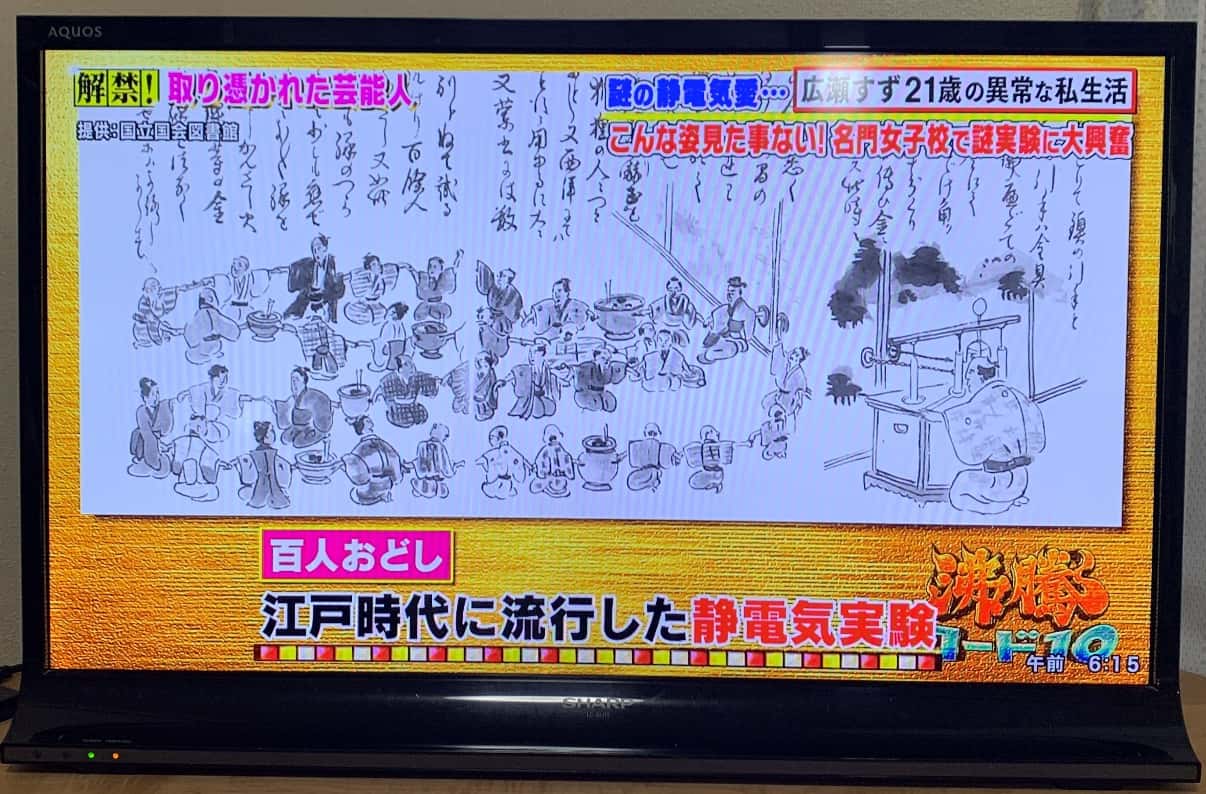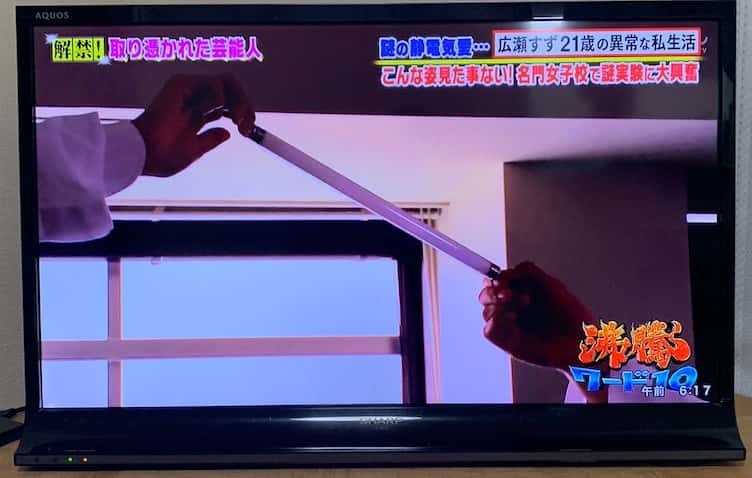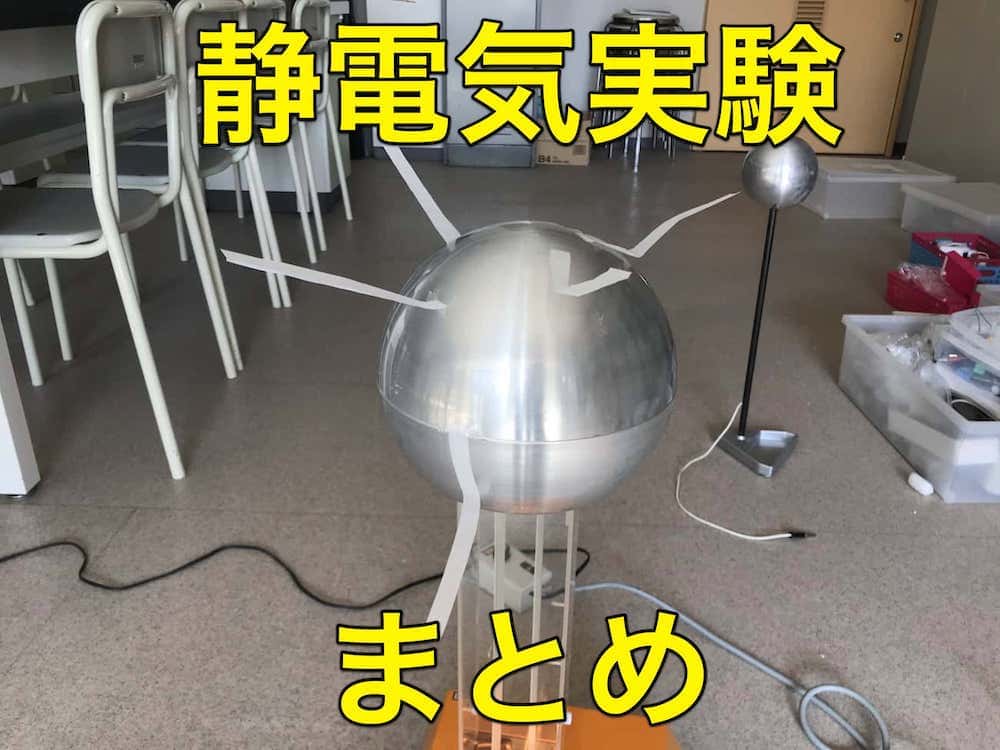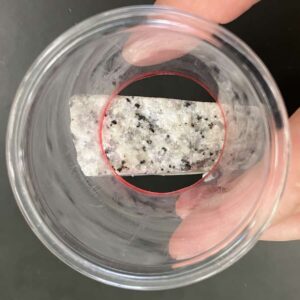[Science Supervised] Shocking Certificate?! Static Electricity Experiment with Suzu Hirose (Bubbling Word 10)
Ken Kuwako, Science Trainer. Every Day is an Experiment.
The TV show “Futto Word 10” (Nippon TV) aired a segment where actress Suzu Hirose took my static electricity class in a science lab. I was happy to collaborate, hoping to make the fascinating and fun world of static electricity more familiar and enjoyable for a wider audience.
As part of the show’s production, we used a student-participation style class, conducting the lesson with the cooperation of a school. Many of the experiments shown are ones I use in my actual classes. Suzu Hirose’s appearance was a closely guarded secret until the very last minute. I was genuinely surprised when I heard she would be there!
I’d like to use this post to summarize and introduce the experiments we performed that day.
※ These experiments must only be performed with a specialist present. Please proceed with extreme caution and ensure safety, checking for factors like whether participants have a pacemaker.
The Development of the “Electric Diploma” and How It Works
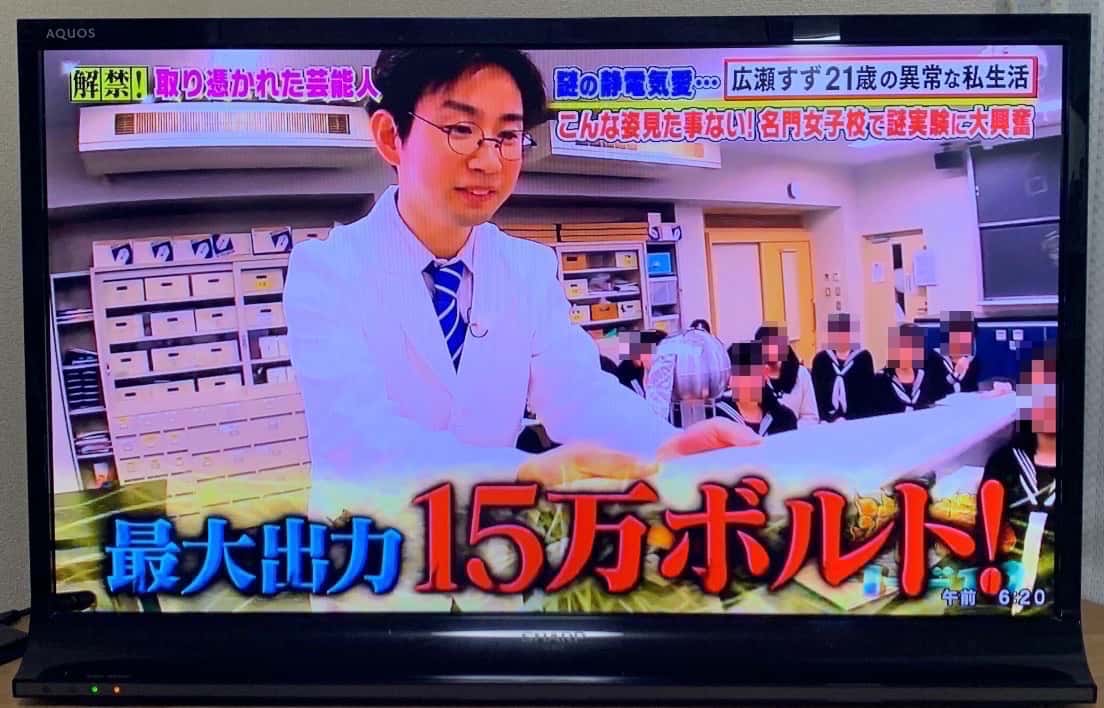
You probably hadn’t seen anything like it before: the“Electric Diploma” I presented to Suzu Hirose on the show. I imagine many of you are wondering about the mechanics behind it.
The idea for the “Electric Diploma” began with a proposal from Directors K and H (I’ll just call them “D” for short) asking, “Is it possible to store electricity in a diploma?” I spent about a week thinking about it and developing the concept in collaboration with D. It might even be a world first! Check out the video below.
The device we used was a Van de Graaff generator made by the educational supply company Narika. The Van de Graaff charges the upper sphere with negative electricity and is usually used for experiments where you touch it to build up a charge in your body, making your hair stand up. However, the special request to “hand over an electrified diploma” required some serious ingenuity.
First, I connected aluminum foil to my body to build up a charge while keeping my hands free. I tried to pass the diploma in this state, hoping for a shock, but the paper certificate didn’t work well. We tried an improvement by sticking aluminum foil to the back of the diploma. However, the discharge still wasn’t strong enough, so further adjustments were necessary.
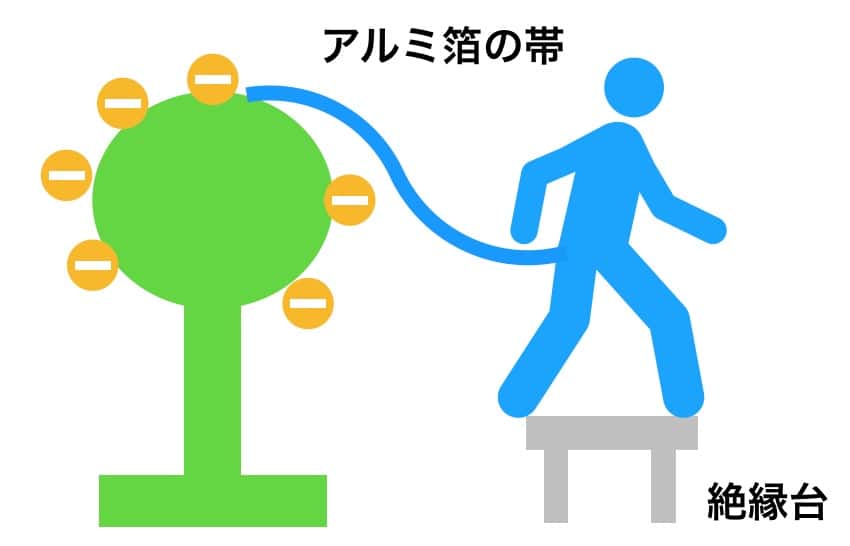
I stood on a homemade insulating platform, connecting my backside to the Van de Graaff with an aluminum strip.
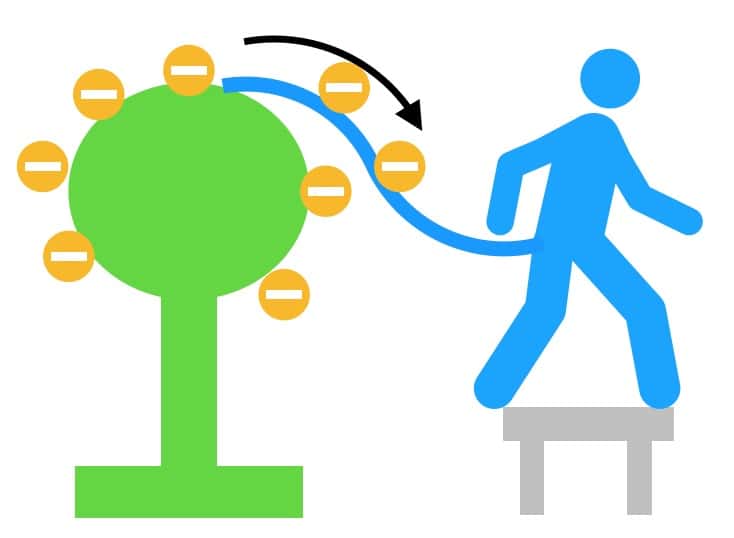
Electricity builds up in my body.

My hands are free, allowing me to present the diploma.
That’s when I focused on the principle of the Leyden Jar. A Leyden Jar is a type of capacitor that can store an electric charge. By applying this mechanism and incorporating a Leyden Jar-like structure on the back of the diploma, we could achieve a stronger discharge. We finally succeeded by using a lunchbox lid to create a flat, compact Leyden Jar.

Front Side
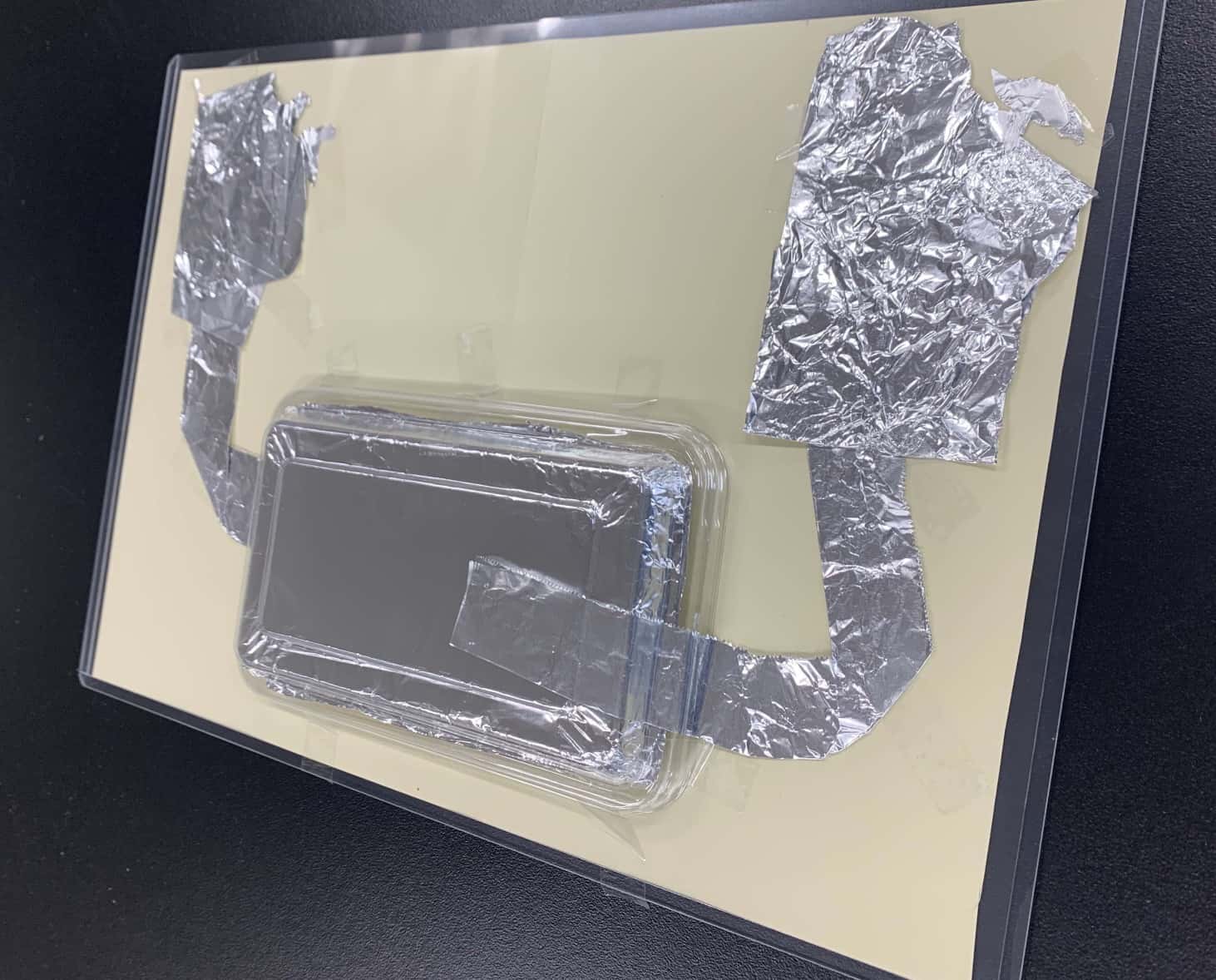
Back Side
Although this was a good solution, Director D insisted, “I want to film the aluminum strip running down your backside!” He loved that “connection” look!
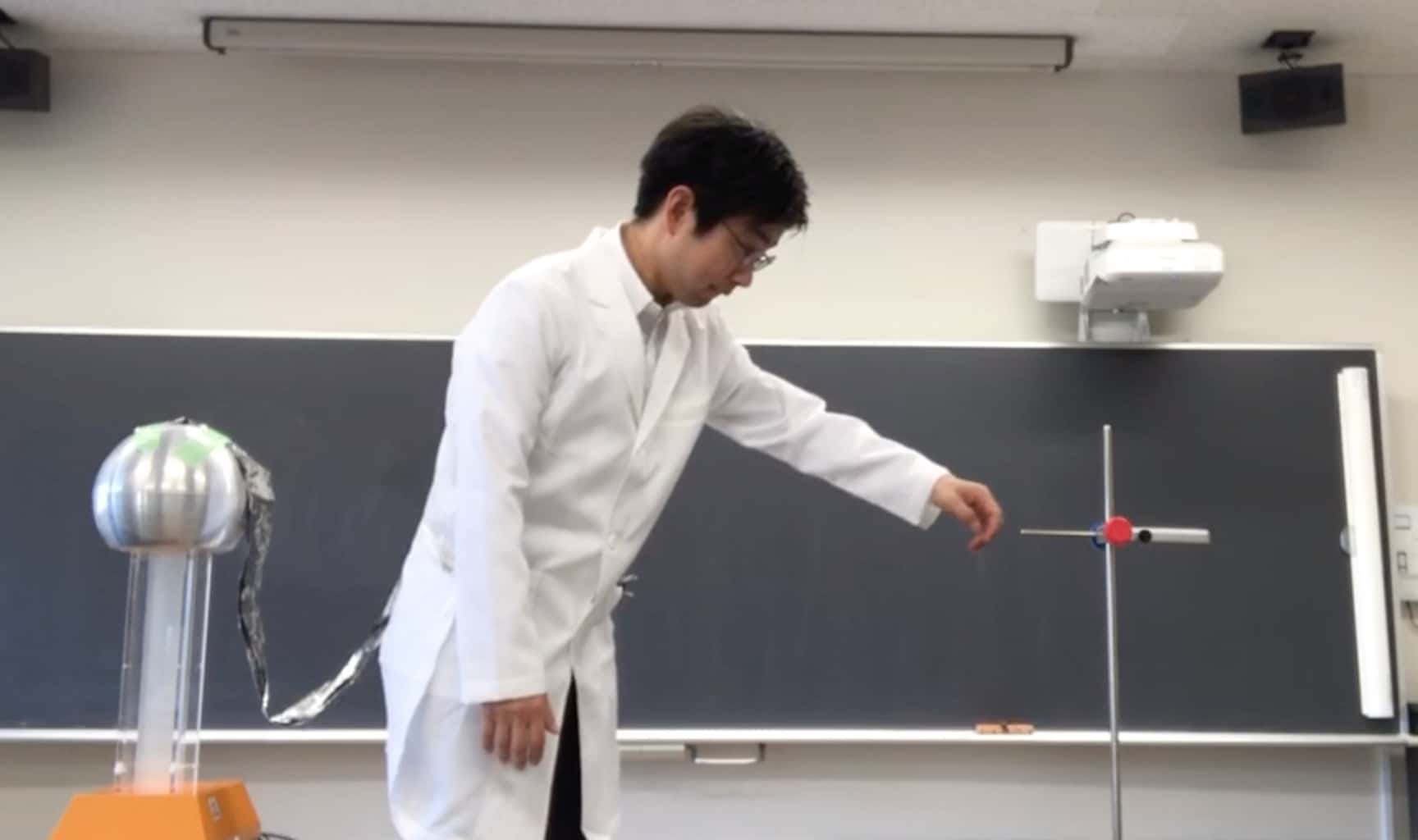
??? Wait, that’s what you care about?!
I was amazed by D’s TV-centric perspective. There’s nothing more valuable than ideas from someone in a different industry. It had never occurred to me to use my backside for the shot. Thinking about it, the Leyden Jar method of storing electricity first doesn’t necessarily require my body to be connected to the Van de Graaff, meaning we weren’t fully utilizing D’s concept.
So, D brought in a variety of grilling nets and BBQ skewers. When he suggested them, I seriously doubted they would work. But, hey, “Every day is an experiment.” We had to try it to find out!
After trying various things, I had a hunch, so we mounted a wire mesh inside a hard plastic case and placed the diploma on top of it. We tried the experiment again—and it worked! The grilling net successfully caused a discharge phenomenon when touched, turning it into a crackling static electricity diploma.
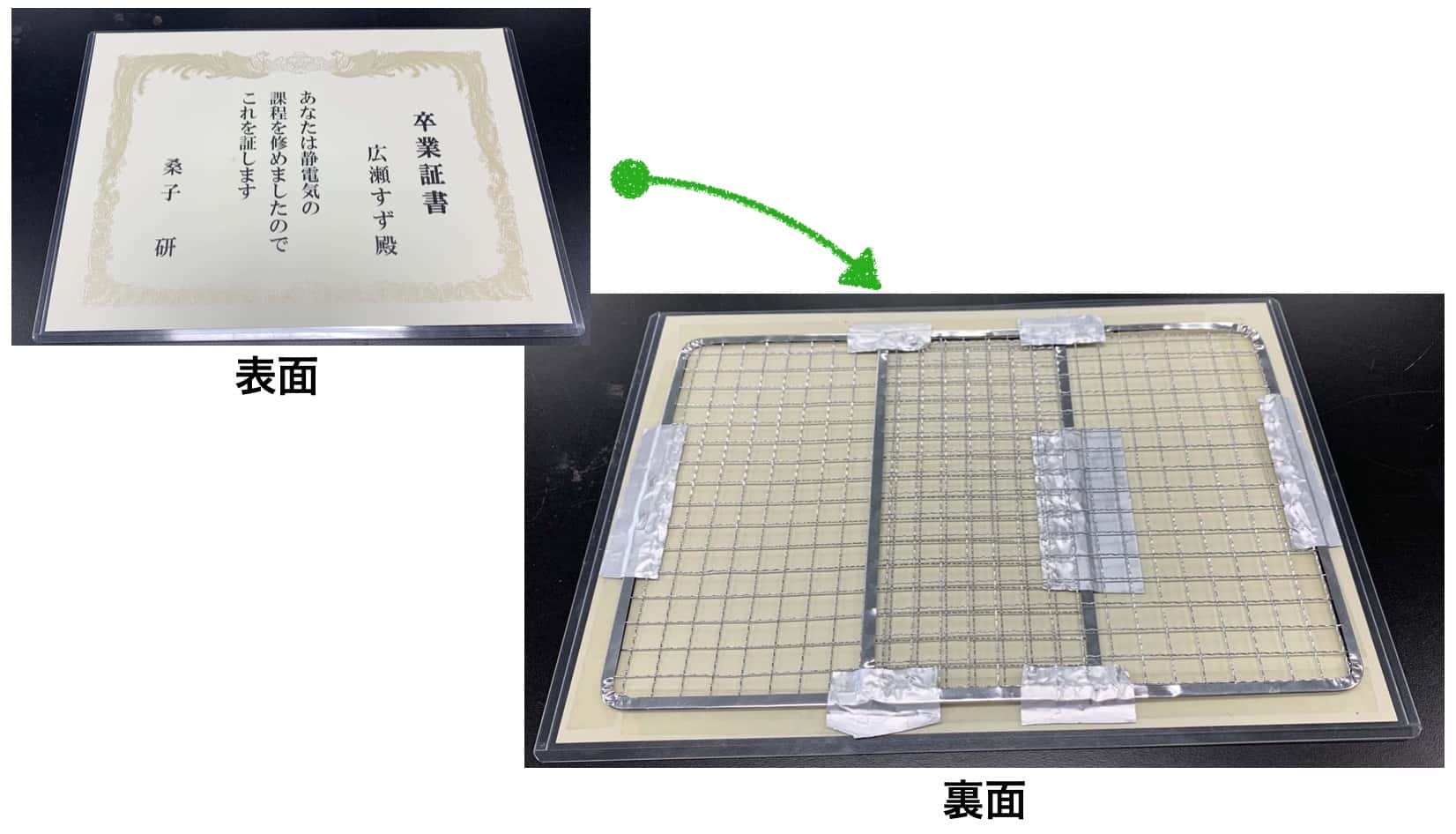
Director D visited the school a total of four times just to prepare for these four experiments. I was exhausted, but I was also amazed by the television crew’s dedication. As those who watched the show know, the experiment was a success!
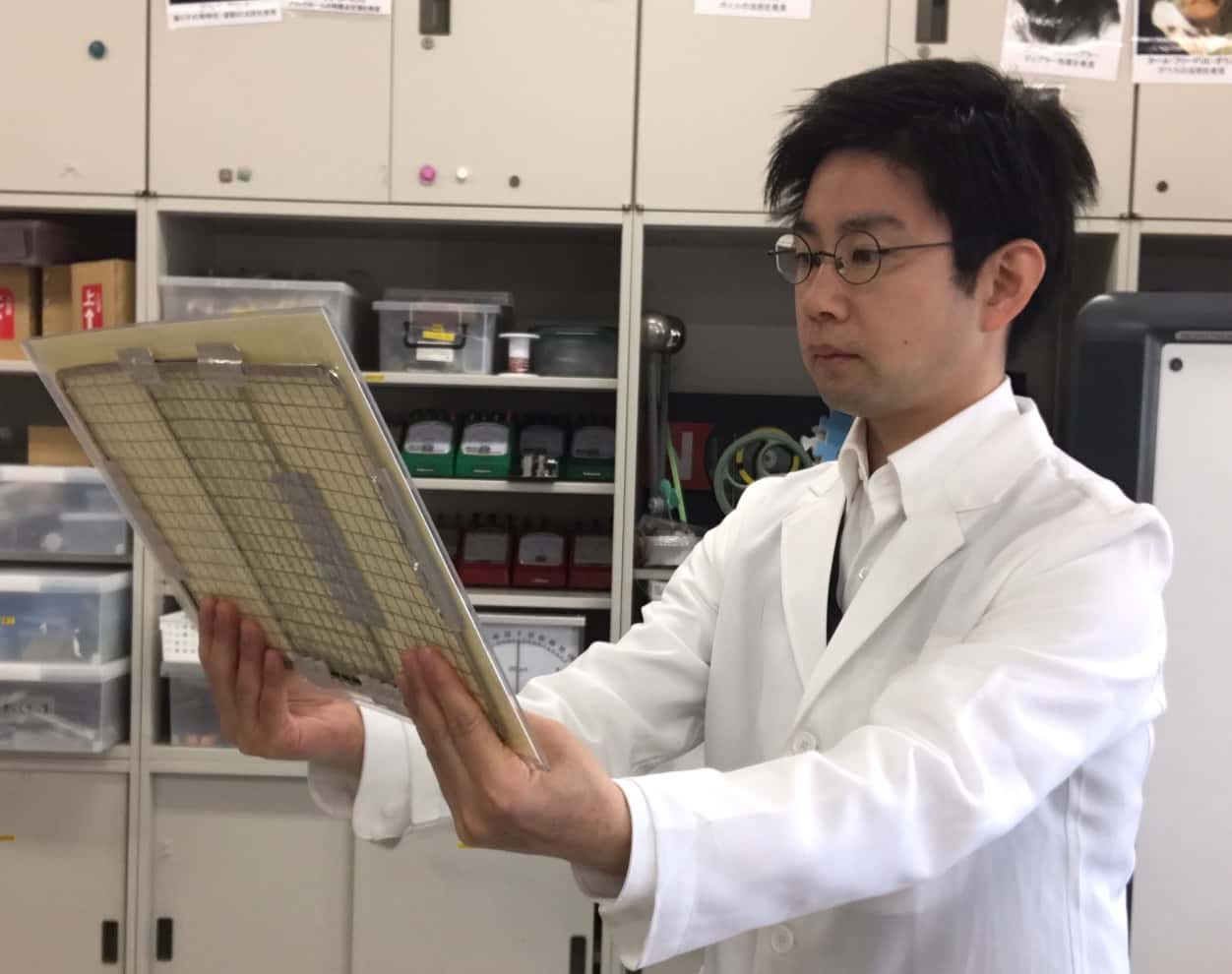
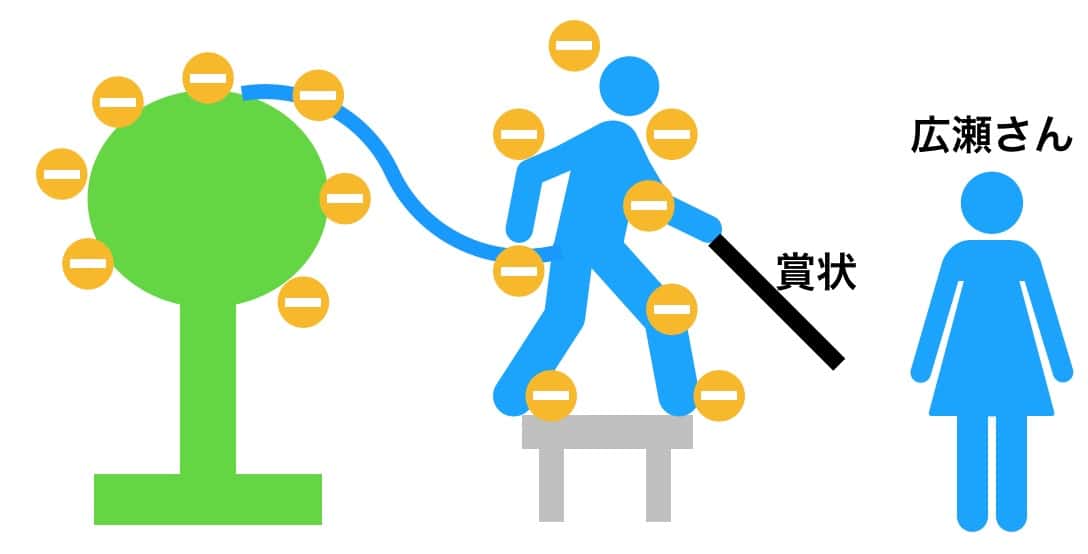
The Van de Graaff successfully charged my body, and…
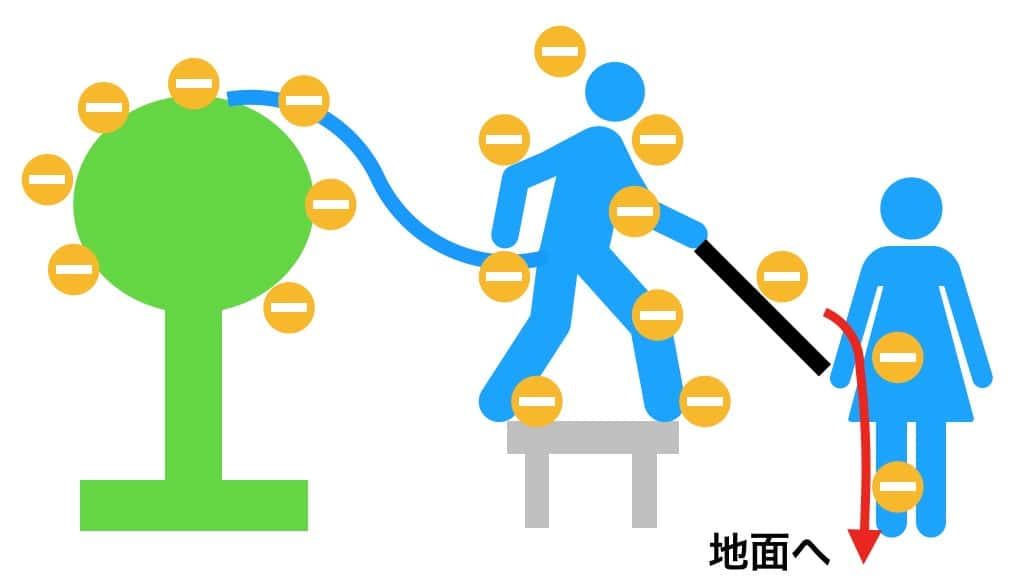
…the moment Ms. Hirose touched it, the current flowed to the ground, giving her a little zap!


My voltage must have been around 30,000 volts (judging by the static jumping across the 3mm gap between Ms. Hirose’s finger and the diploma). It wasn’t shown on air, but the Van de Graaff’s switch is metal, and when I turn it OFF, it discharges all at once. A large current flows, so while it was subtle on screen, I was the one who got the biggest shock!
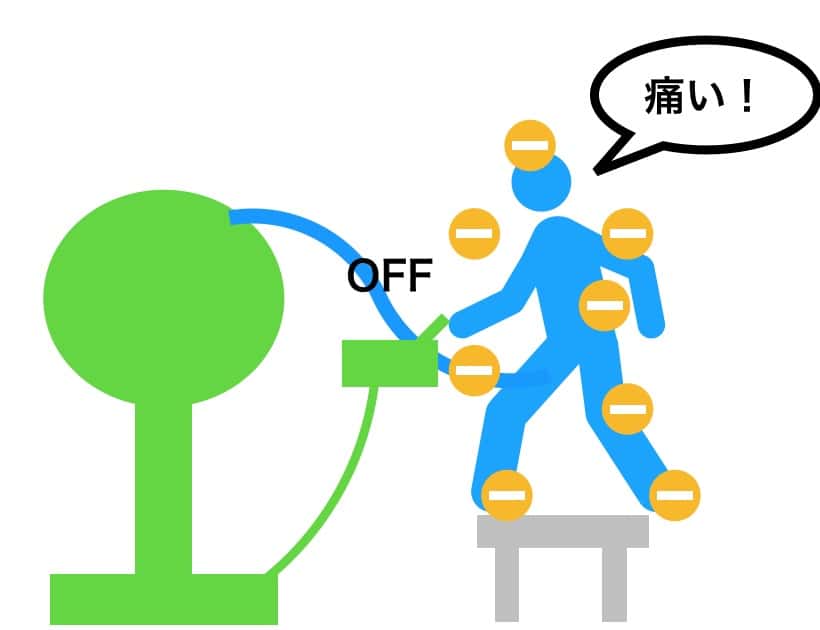
It’s subtle. But it hurts.

This is not a composite photo; it’s the actual static electricity. Ouch!!!!
I hope you all enjoyed it. Thanks to D and the team, I think the broadcast ended up being about 1.5 times more interesting than the reality of the experiment!
The Other Five Experiments Featured on the Show
The following five experiments were shown on TV. We initially discussed over 20 experiments, but D made the final selection, partly due to some being vetoed by the talent’s management.
All experiments were thoroughly pre-tested for safety. However, “Static Electricity Water” and the “100-Person Shock” must be performed with great care, as they could affect people with pacemakers or injuries. Also, be careful not to make the Leyden Jar’s capacitance excessively large.
I’ve summarized the methods for each experiment in the links below. If you’re curious, give them a try!
※ Note that all experiments were pre-tested multiple times for safety. Do not allow students with pacemakers, external injuries, or those who simply do not wish to participate, to take part in the Static Electricity Water or 100-Person Shock experiments. Making the Leyden Jar’s capacitance too large can be dangerous. If children perform these experiments, please conduct pre-tests and ensure an adult is always supervising.
1 Getting Your Hand Close to the Van de Graaff Generator
This was an experiment to see what happens when you bring your hand close to the Van de Graaff generator (up to 150,000 volts!), which Ms. Hirose was very curious about. As viewers of the show know, it was a success! You get a great view of the static discharge.
2 The Welcome Drink (Static Electricity Water)
This experiment involves charging water or tea with static electricity and then drinking it. Although the success rate is high, as you saw on the show, it failed once. In fact, it took us three tries to get it right. It was a tense moment!
3 The 100-Person Shock (Hyakunin Odoshi)
This was a popular experiment in the Edo period, performed by the Dutch scholar and scientist, Sokichi Hashimoto. Many of you might have experienced it in middle school, where people form a circle to pass a static charge. It was Ms. Hirose’s first time, and she seemed quite impressed!

This experiment involves charging the body with static electricity using a balloon to make a fluorescent light bulb glow. The insulating platform is key; its quality determines success. For the show, we rubbed Ms. Hirose with a balloon to turn her into an “Electric Human.” Since we didn’t know what Ms. Hirose would wear until the day of filming, D and I had to prepare two options.
That was a balloon and a wool scarf. As you can see from the triboelectric series:
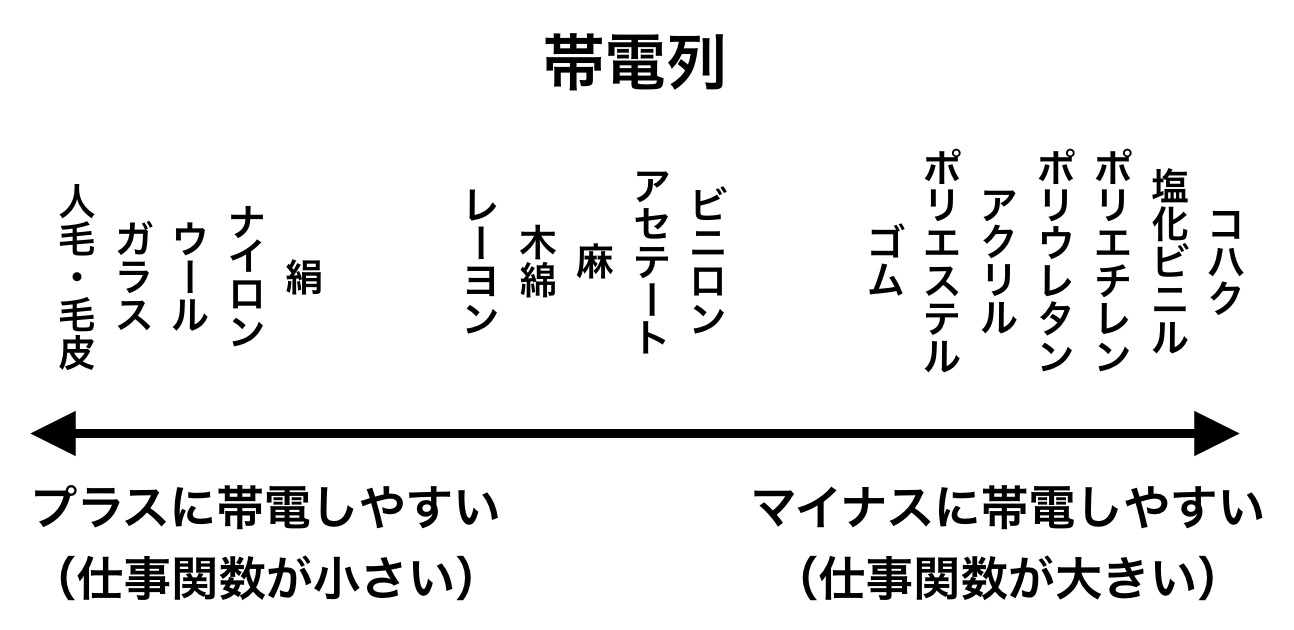
My book, Kagaku Kentei 3/4-kyū (Kodansha, Ken Kuwako & Junichiro Takeda)
If Ms. Hirose wore a wool or fuzzy material, we would use a rubber balloon to generate a charge. Conversely, if she wore an acrylic material, we would use the wool scarf. We had multiple meetings with the staff and performed tests using various types of clothing. Again, D’s persistence was evident here.
As you saw on the broadcast, she ended up wearing a wool-type garment that day, so we rubbed her with the colorful balloons. Her platform shoes were also perfect for the experiment!
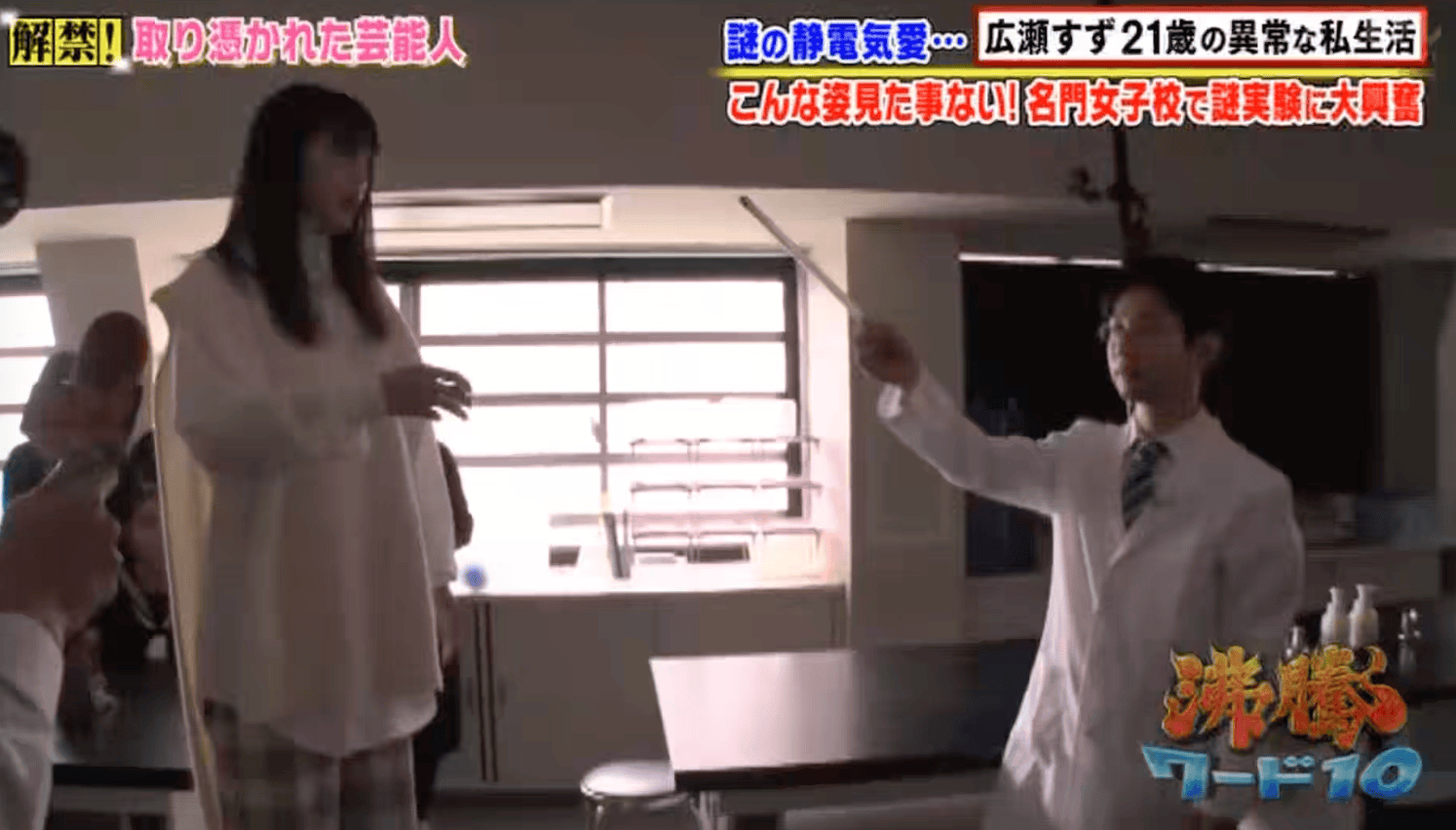

5 The Electric Diploma
This is the experiment featured on this page—a discharge from the diploma—which we specifically devised for the show.

The TV caption called me “The Teacher Possessed by Static Electricity,” but it’s true, I love the mysteries of static electricity!
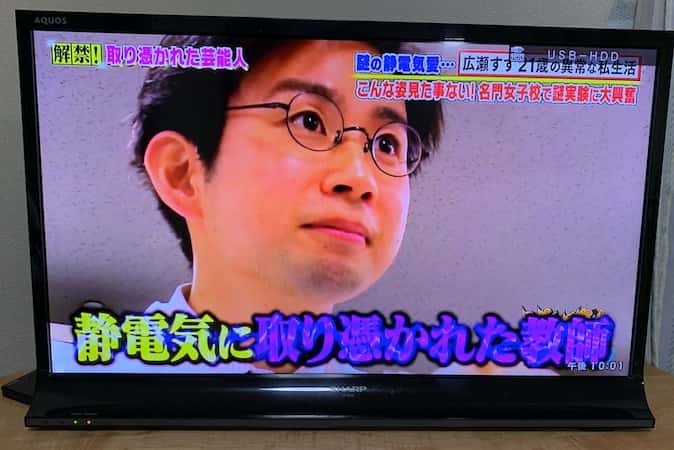
I believe that through this TV program, we were able to convey the fun and depth of static electricity to many people. If the experiments sparked your interest in science and you want to learn more, I encourage you to look closely at the phenomena all around you.
The fun of science deepens when you experience it through experiments. Please try them out yourself!
Ready for a Shocking Static Electricity Experience? (Inquiries for Workshops, TV Supervision, etc.)
I host fun static electricity workshops and also supervise and appear on TV programs. From a small “zap!” to phenomena as grand as lightning, static electricity is everywhere in our daily lives. Why not join me in exploring this world full of surprises? If you are interested in the 100-Person Shock, Static Electricity Drink, or if you would like to request an experiment workshop or TV supervision, please contact me through the “Contact” page. You can see my past science supervision work here.
【Feature】You Won’t Be Able to Stop! Static Electricity Experiments
Contact and Booking Information
Bring the wonders and fun of science closer to you! I’ve put together easy-to-understand guides on fun science experiments you can do at home and tips for doing them. Feel free to browse and search for more!
・About the Administrator, Ken Kuwako: Click Here
・For Various Requests (Writing, Lectures, Workshops, TV Supervision, Appearances, etc.): Click Here
・Article updates are posted on X!
![]() My Science Idea Channel features experiment videos!
My Science Idea Channel features experiment videos!


